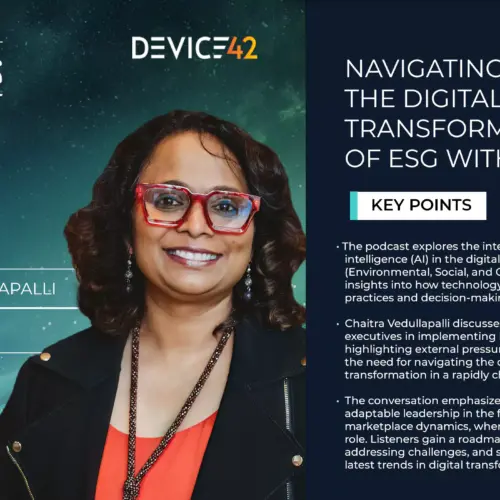If you don’t already know it, every company is now a big data company. According to a forecast by DellEMC, by the end of 2020 there will be 40 trillion gigabytes (40 zettabytes) of data, 90% of which was created in just the last two years. And the scary thing is, data isn’t growing linearly, it’s growing exponentially.
That’s a lot of data. Which means there’s going to have to be a lot of storage to store all that data. But storage today suffers from two problems: it’s still relatively expensive and it’s difficult to know exactly how it’s performing.
High performance disk shelves can easily run $100K for 45TB, but that’s not all usable storage. Applying RAID architecture and reserving storage for specific hosts dramatically reduces the amount of usable storage. But that’s not the biggest problem. The biggest problem is there’s very little visibility into that. So, what ends up happening? Just to be on the safe side, the natural tendency is to buy more storage, but as has already been pointed out, that gets expensive. So, what should you do?
It would be far better (and cheaper) to optimize the storage you already have, but that too comes with its own set of challenges. Perhaps the greatest challenge is the nature of storage today. First, storage is spread out all over the place. For most organizations, there’s some storage on-premises and some in the cloud. And even the storage is the cloud is usually spread over a number of cloud service providers (CSP).
Then there’s the challenge of all the different types of storage. Some are virtual, some are physical. Even the physical storage has a great deal of variation. There are disk drives, solid state dives and yes, there’s still even some tape drives. And amongst the physical storage there is variation from vendor to vendor.
To optimize storage, you’re going to need end-to-end storage discovery and visibility, but that’s not an easy thing to achieve in such a complex and heterogeneous environment. Vendor-provided tools are minimal at best and provide only limited reporting. Even the best tools are proprietary with no visibility into other systems. So, what happens? Storage administrators try producing utilization reports manually. They’re not very accurate, they’re not timely and it’s no way to deal with the coming explosion in big data storage.
Device42 Storage Discovery was created to address these challenges. The company’s end-to-end storage discovery and visibility software is specifically designed to discover complex and heterogeneous storage infrastructure. Using Device42 Storage Discovery not only reduces the total cost of ownership (TCO) of your storage infrastructure, it provides opportunities to improve your operations.
Device42 Storage Discovery can be used to accurately pinpoint and predict bottlenecks in your applications arising from storage infrastructure. This gives you the ability to provide a better end user experience for your customers. Device42 Storage Discovery can be used to perform root cause analysis and reduce incident resolution time. And it can also be used to ensure you meet your storage SLAs and avoid any liquidated damages.
To learn more about Device42 Storage Discovery’s ability to provide unprecedented visibility into your storage, schedule a demo.



